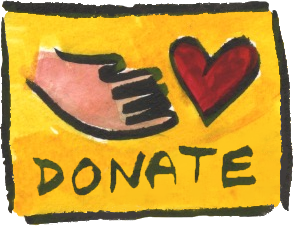Arms in a Hoop, with Continuous Ground Support (Patrons)
Back-lying, feet standing. Explore turning and twisting movements of the shoulders, pelvis, head, and eyes with arms held in a loose hoop in front of you, and find a flowing sense of ground support through your feet and back. Framed by detailed experiments in standing which connect your mat learning to upright life.
We offer over 50 free lessons, but this one's just for our Patron-level donors. You can learn about it in the free lesson notes and comments below, but to access the audio you’ll need to join The FP as a Patron. Learn more
Donor Tip: Skip this login next time! See Why & How to Stay Logged In (and why it's safe)
Got a question for Nick, or a thought about this lesson?
Use the comments section below! Public comments build our community and help search engines find us.




I was fascinated by the way this asked me to zone in on the vertebrae in the middle of my spine where the upper body can turns one way and the lower the other. A revelation also about using a strong wide base while still being able to turn through the whole spine in a lifted way. Should be good for balance skills, which makes me think that this lesson also belongs with others on balance.
That’s a great way to think about this lesson. I’ll be reviewing it at some point with that in mind, and may add it to our Better Balance Deep Dive. Thank you for the idea!